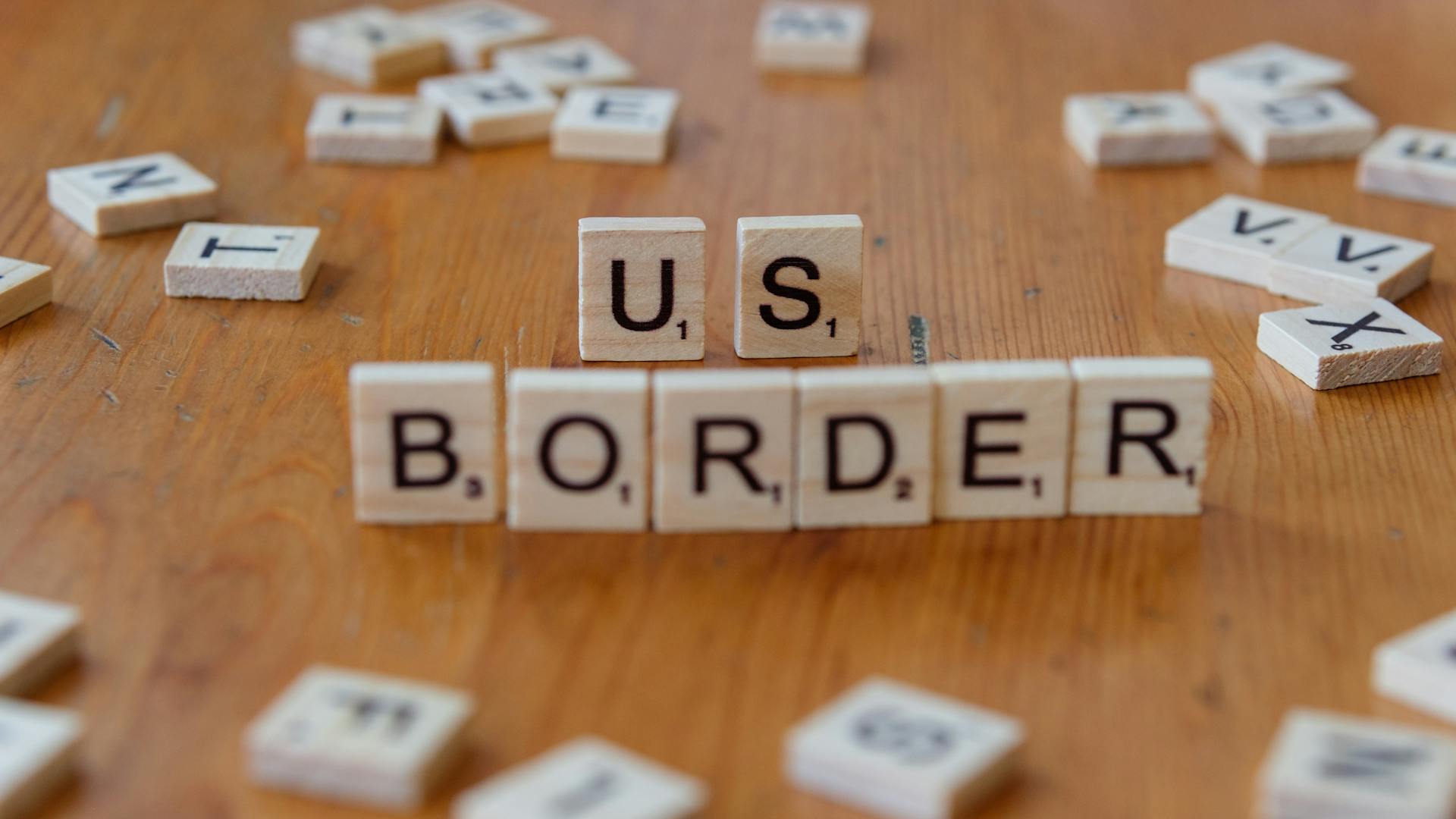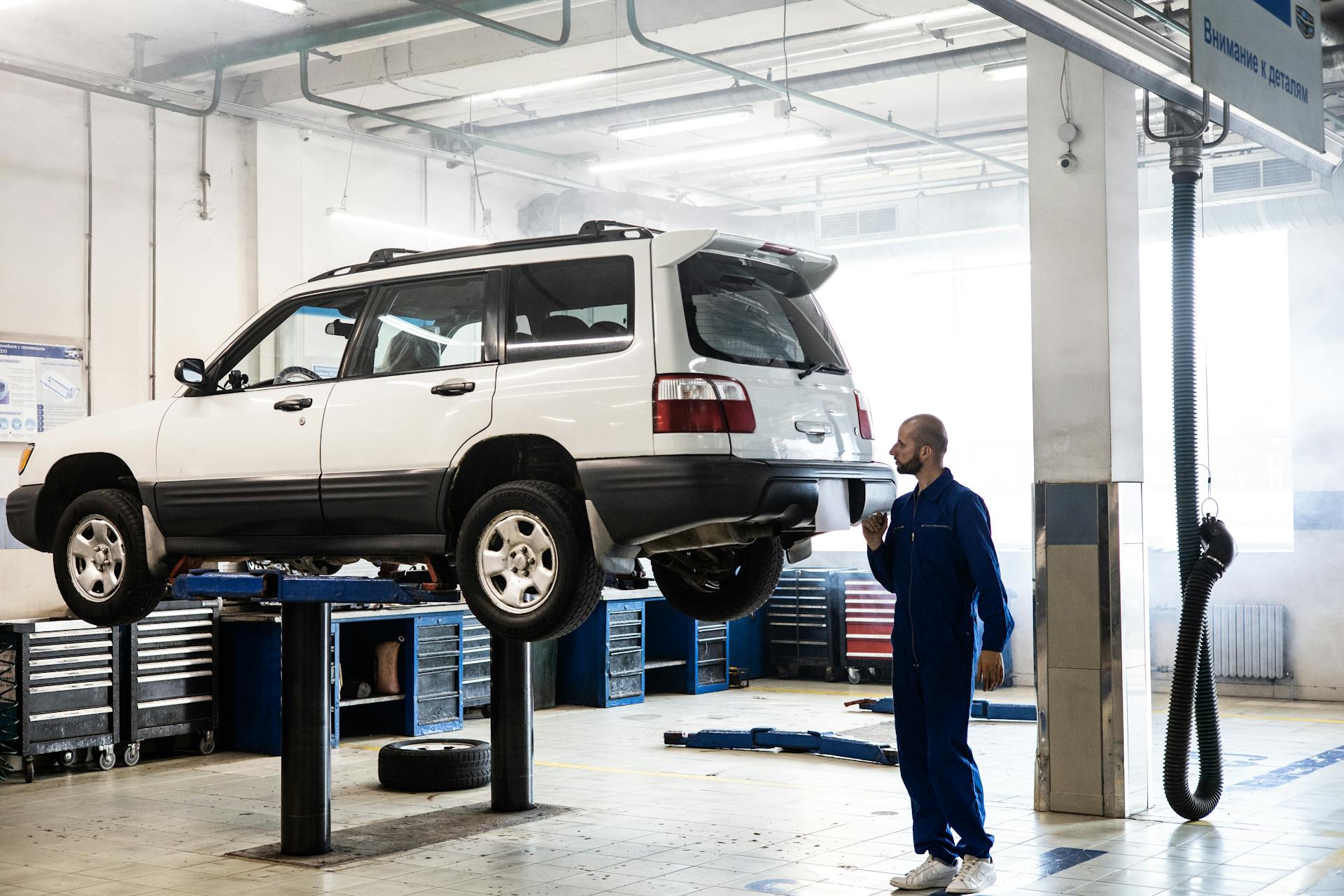
Customs inspection processing services can be a complex and time-consuming process, but knowing what to expect and how to prepare can make all the difference.
You can expect to be asked to provide detailed information about your shipment, including its origin, destination, and contents, which can be a lengthy process.
Before your shipment arrives, make sure you have all necessary documents, such as commercial invoices and certificates of origin, readily available.
A typical customs inspection can take anywhere from 30 minutes to several hours, depending on the complexity of the shipment and the efficiency of the inspection process.
Recommended read: Shipment Completed Customs Clearance Process.
Pre-Clearance and Preparation
Pre-clearance and preparation are crucial steps in ensuring the smooth transit of your shipment. A pre-customs clearance inspection can save you time and money in the long run by identifying any deficiencies in compliance with Mexican regulations.
The Pedimento is a vital document for international shipments, containing essential information about the goods transported. It's essential to ensure the accuracy and completeness of this document to prevent costly fines and delays.
Related reading: Customs Inspection - Import
To prepare for pre-clearance, you'll need to have the Harmonized System (HS) or Harmonized Tariff Schedule (HTS) codes for your shipment. These codes allow customs authorities to process imports and exports efficiently.
A loading sheet provides a detailed layout of the equipment in the containers, ensuring that the goods are accurately represented. Double-check this document for accuracy before submitting it to customs officials.
Here are some key documents you'll need to prepare for pre-clearance:
- Pedimento
- Loading sheet
- Commercial invoices
- Pre-tariff classification
- NOM standards (for specific imported products in Mexico)
Pre-tariff classification is a critical step in the pre-clearance process, as it ensures that your shipment is assigned the correct tariff classification. This step helps avoid potential issues and fines during customs clearance.
By preparing your shipment with the necessary documents and information, you can ensure a seamless transit and avoid costly hold-ups, penalties, and re-shipments.
Inspection Process
Customs inspections are crucial for ensuring your vehicle complies with destination country regulations. The primary goals of the customs inspection are to verify documentation, ensure safety and environmental standards, and prevent illegal activities such as smuggling.
Customs inspections can be triggered by a random control by the customs system, which classifies and sets risk parameters for imported and exported goods. The larger the risk parameter, the higher the inspecting probability.
There are different types of customs inspections, including the Intensive Customs Exam, which is the most stringent type and can take a week to 30 days. In this type of inspection, the entire container is delivered to a Centralized Examination Station for physical examination by customs officers.
The Intensive Customs Exam involves opening containers, unloading and unpacking packages, and taking samples for testing if suspicious items are found. If there are problems, customs officers will conduct this type of inspection.
Customs inspections can also be divided into two types: MET (Manifest Examination Team) Exam and Intensive Customs Exam. The MET Exam mainly checks whether cargo matches the submitted paperwork, including manifest, packing list, etc.
Situations 1 - Random Control
In the customs computer system, imported and exported goods have been classified and set with risk parameters. The larger the risk parameter is, the higher the inspecting probability is.
Customs mainly focus on sensitive goods, which are more likely to be inspected due to their high export tax refund potential and the tendency of freight forwarders to mix them with general cargo.
Sensitive goods include 5 types of products, but the article doesn't specify what those are, so let's just say they're a mystery.
All goods must be declared on importation or exportation, and once in the declaration system, they can be selected for physical inspection.
A Customs response message will be generated, indicating that cargo has been identified for physical inspection, and the client will be informed.
The client has the right to be present during the inspection, but this right ceases if they impede the inspection process.
Packages may be opened and examined in the absence of the client, at the client's risk and expense.
Consider reading: Cargo Liability Insurance Coverage
Tail Gate Exam
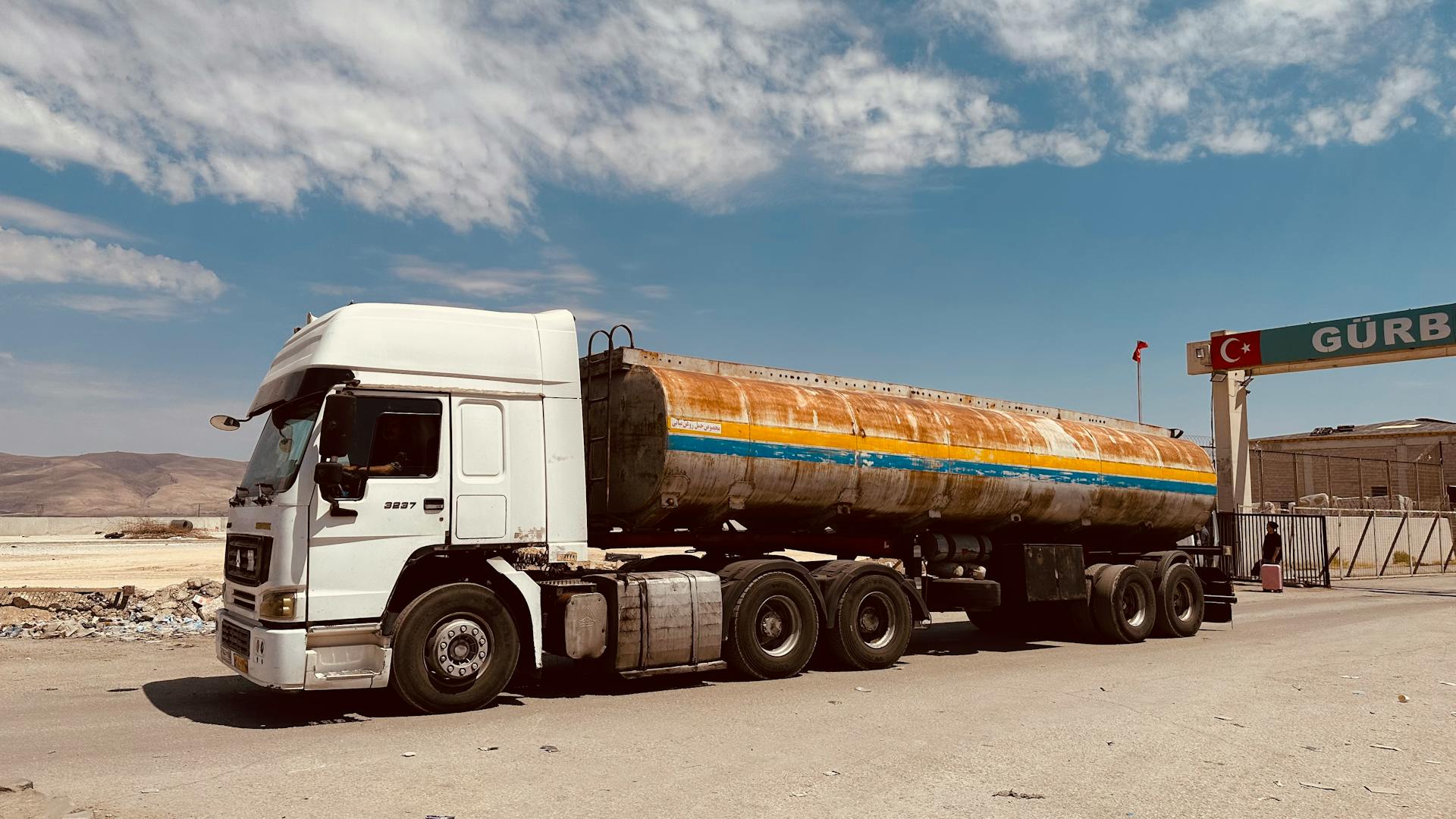
If customs officers still have questions about your container after the X-RAY Exam, they will open it for a Tail Gate Exam.
This exam is usually not a complete inspection, but rather a quick check of the packages inside the container.
If everything is normal, they will release your container.
You or your representative are entitled to be present during the inspection, but your right to observe ceases if you impede the process.
Packages may also be opened and examined in your absence at your risk and expense.
Explore further: International Container Transshipment Terminal, Kochi
Manifest Exam
The Manifest Exam is a crucial part of the inspection process, where customs officers check whether the cargo matches the submitted paperwork such as the manifest and packing list.
They will examine the number of boxes, product name, and HS code, as well as the declared value. This is done after opening the container, unloading, and unpacking cartons inside.
Smuggling and infringement issues are also included in the officers' checks. This is a key part of ensuring that all goods entering the country are legitimate and comply with regulations.

The Manifest Exam is usually conducted by the CBP, but other American functional departments can also do inspections after the CBP releases the cargo. For example, the FDA inspects items related to the human body, like cosmetics, and the CPSC checks products related to children's safety, like toys.
If there's a problem, these departments will hold your goods until the issue is resolved.
Inspection Methods
Customs inspections can be a complex process, but understanding the different methods can help make it more manageable.
There are at least 4 methods of customs inspections for LCL and FCL shipments transported from China.
Customs inspections work in 2 situations: for LCL and FCL shipments transported from China, and for shipments that require further examination.
In China, customs inspections for LCL shipments involve 4 different methods, each with its own process.
For another approach, see: Order to Delivery Process
Non-Intrusive
Non-Intrusive inspections are a crucial part of the customs clearance process, and they're often used as a first step to determine whether a shipment requires further inspection.
These inspections typically involve scanning containers with an X-ray machine, known as VACIS or NII, which can be found in Example 9. This method is also referred to as an X-RAY Exam.
The scanning process is usually quick and non-disruptive, much like taking a bag through a security scanner at the airport. If the scan reveals no anomalies, the container is released, and the shipment can continue on its way.
However, if the scan image does reveal anomalies, the container may be directed for physical inspection by the Customs team, as mentioned in Example 11. This can be a more time-consuming and intrusive process, but it's a necessary step to ensure compliance with customs regulations.
In some cases, non-intrusive inspections may be followed by a full unpack of the consignment, payment of penalties, or even seizure of the container. This is usually the result of a thorough investigation and can be a serious consequence for non-compliance.
Consider reading: Customs Bonded Warehouse Process Flow
Speed Up Techniques

To speed up customs clearance, there are several techniques you can use. Proper cargo classification is key, as using the right Harmonized Tariff System (HTS) codes helps customs determine the right duties and taxes for your cargo.
Having accurate documentation is essential, as commercial invoices need to be accurate and complete. This includes ensuring that all information is correct and up-to-date.
Ensuring regulatory compliance is crucial, as goods must meet all compliance requirements. If necessary, file for and secure regulatory approvals from relevant agencies.
To speed up the clearance process, hiring experienced customs brokers can be a game-changer. They can meticulously prepare your paperwork, file it through the Electronic Data Interchange (EDI), pay your duties, and clear your goods.
Here are the key steps to speed up customs clearance:
- Prepare accurate documentation
- Proper cargo classification
- Ensure regulatory compliance
- Pay duties and fees quickly
Inspection Types
Customs inspections can be a complex and time-consuming process, but understanding the different types of inspections can help you navigate the system more efficiently.
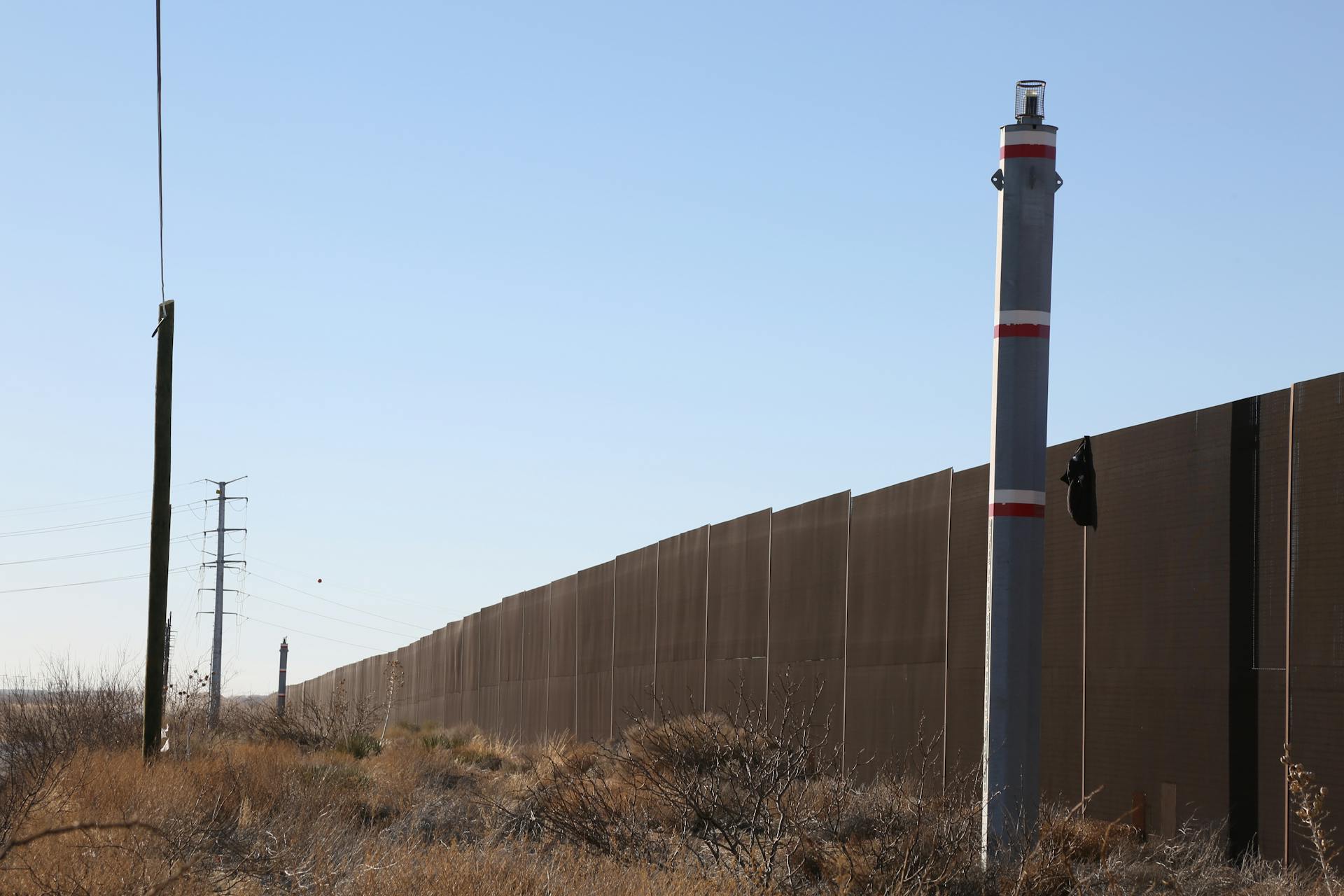
There are three main types of customs inspections: Pre-Arrival Inspection, Post-Arrival Inspection, and Ship-Clearance Inspection.
Pre-Arrival Inspection is a type of inspection that occurs before a shipment arrives at the destination country. This inspection is usually conducted by the importer or exporter to ensure compliance with customs regulations.
Post-Arrival Inspection occurs after a shipment has arrived at the destination country and is being processed through customs. This type of inspection is often conducted to verify the accuracy of the shipment's documentation and to ensure compliance with customs regulations.
Ship-Clearance Inspection is a type of inspection that occurs when a shipment is being cleared through customs. This type of inspection is usually conducted to verify the accuracy of the shipment's documentation and to ensure compliance with customs regulations.
The type of inspection required will depend on the type of shipment and the level of risk associated with it.
Readers also liked: Canada Postal Worker Strike
Documentation and Requirements
To ensure a smooth customs inspection, it's essential to confirm that the goods match the documentation issued. Customs officers will inspect the shipment, such as carton boxes, to verify if the information is consistent with the export declaration form.
You'll need to gather all necessary documentation before shipping your vehicle. This includes the vehicle title, bill of sale or invoice, proof of insurance, export declaration, and vehicle import form.
A Bill of Lading (BOL) is a crucial document required for customs clearance. It serves as a contract between the shipper and the carrier, outlining the terms of the shipment.
Commercial Invoice (CI) is another document that's often required for customs clearance. It provides detailed information about the goods being shipped, including their value and description.
Packing List (PL) is also essential for customs clearance. It lists the contents of the shipment, including the number and type of items.
The Certificate of Origin (COO) verifies the country of origin for the goods being shipped. It's often required for customs clearance, especially when shipping goods to countries with specific regulations.
A Shipper's Letter of Instruction (SLI) is sometimes required for customs clearance. It provides instructions to the carrier about the shipment, including any special handling requirements.
A Letter of Credit (LOC) is not always required, but it can be necessary for certain types of shipments. It guarantees payment to the shipper upon presentation of the required documents.
Here's an interesting read: National Association of Letter Carriers
Shipping and Delivery
Shipping and delivery can be a complex process, but understanding the basics can help you prepare for the journey. Cargo delivery after customs clearance can take anywhere from a few hours to a week or more.
Factors such as distance to the final destination, last-mile logistics coordination, and whether you have a freight forwarder handling the process can greatly impact delivery time.
For your interest: Rural Delivery Service
Border Arrival
Arriving at the border can be a straightforward process if you're prepared. Customs officers will first conduct a preliminary screening of both the documents and the vehicle itself.
They'll review the documentation to verify its accuracy and completeness. This is a crucial step to ensure everything is in order.
Any applicable import duties and taxes will need to be paid at this stage. Don't forget to have your payment ready to avoid delays.
Package Delivery Time
Package delivery time can vary greatly depending on the transport medium. Air freight is generally faster, taking between a few hours and a few days.
Sea shipments, on the other hand, can take less than 24 hours or as long as 3 months. This lengthy timeframe is due to the slower pace of ocean travel.
Arrival notices are sent to involved parties when the ship is 3 to 7 days out from arrival at the port. This allows everyone to prepare for the speedy movement of the cargo to its destination.
However, whether your cargo will be cleared quickly or not by customs depends on several factors, including proper documentation, port congestion, port operation disruptions, and cargo type and size.
Large, oversized, and dangerous goods require more time to clear customs. This is because they often need special handling and clearance procedures.
Cargo delivery after customs clearance can take anywhere from a few hours to a week or more. This depends on your arrangements and other factors, such as distance to the final destination, last-mile logistics coordination, and whether you have a freight forwarder handling the process.
Here's a rough estimate of the time it takes for a package to go through customs and delivery:
Delays and Issues
Delays in customs clearance can be frustrating and costly. Knowing the common causes of delays can help you avoid them.
Documentation errors, such as inaccurate product descriptions or missing information in your paperwork, can cause customs to request more information via a CF28. Inaccurate cargo quantity or value can also lead to delays.
Incomplete fees, taxes, and duties can hold your cargo until they are paid. Poor product labeling, such as inadequate labeling information or poor packaging, may also be held by customs until those issues are rectified.
Here are some common pitfalls to avoid in customs clearance:
- Assigning incorrect duty rates, which can lead to fines and penalties.
- Paperwork errors, such as omitting crucial information like the certificate of origin (COO).
- Using the FOB incoterm incorrectly, which can lead to misunderstandings and delays.
Customs can hold flagged shipments for a few hours to a month or more, depending on the information required and the importer's compliance reputation.
Manual Control Situations 2
Manual control by customs officers is a common reason for delays in shipments. This usually happens when there's something wrong or suspicious with the declaration info submitted to the customs authorities.

Customs officers will manually issue instructions on the customs computer system to examine whether the batch of goods is consistent with the info recorded in the document. This process can take some time, adding to the delay.
In general, the customs inspection rate is about 5%. However, this ratio can change over time, and in some cases, customs may conduct quick and intensive inspections of certain products prone to infringement.
Reasons for Delays
Delays can be frustrating, but understanding the reasons behind them can help you prepare and avoid them in the future. One common reason for delays is documentation errors, which can cause customs to request more information via the issuance of a CF28. This can happen if you've made mistakes in your paperwork, such as using inaccurate product descriptions, wrong HTS codes, or missing information.
Cargo that requires thorough inspection is another reason for delays. This can include oversized or broken bulk cargo, hazardous goods, or other specialized cargo. Customs may require a detailed inspection, which can take more time.
Inaccurate cargo quantity or value is also a common cause of delays. If there's a disparity in the cargo quantity or its value and what's in the commercial invoice document, customs may hold the cargo until it can reconcile the difference.
In addition to these reasons, incomplete fees, taxes, and duties can also cause delays. If you don't pay these extra fees, customs will hold your cargo until they're paid.
Here are some common causes of customs clearance delays:
- Documentation errors
- Cargo requires thorough inspection
- Inaccurate cargo quantity or value
- Incomplete fees, taxes, and duties
- Poor product labeling
- UFLPA-related products
Poor product labeling can also cause delays, as shipments with inadequate labeling information may be held by customs until those issues are rectified. Similarly, UFLPA-related products may be delayed by customs as they fall under the "denied parties" category.
Fees and Time
Customs inspection fees are often misunderstood, but they're not charged by the customs office itself. They're actually administrative fees generated in the process of inspections, including venue, equipment, and labor costs.
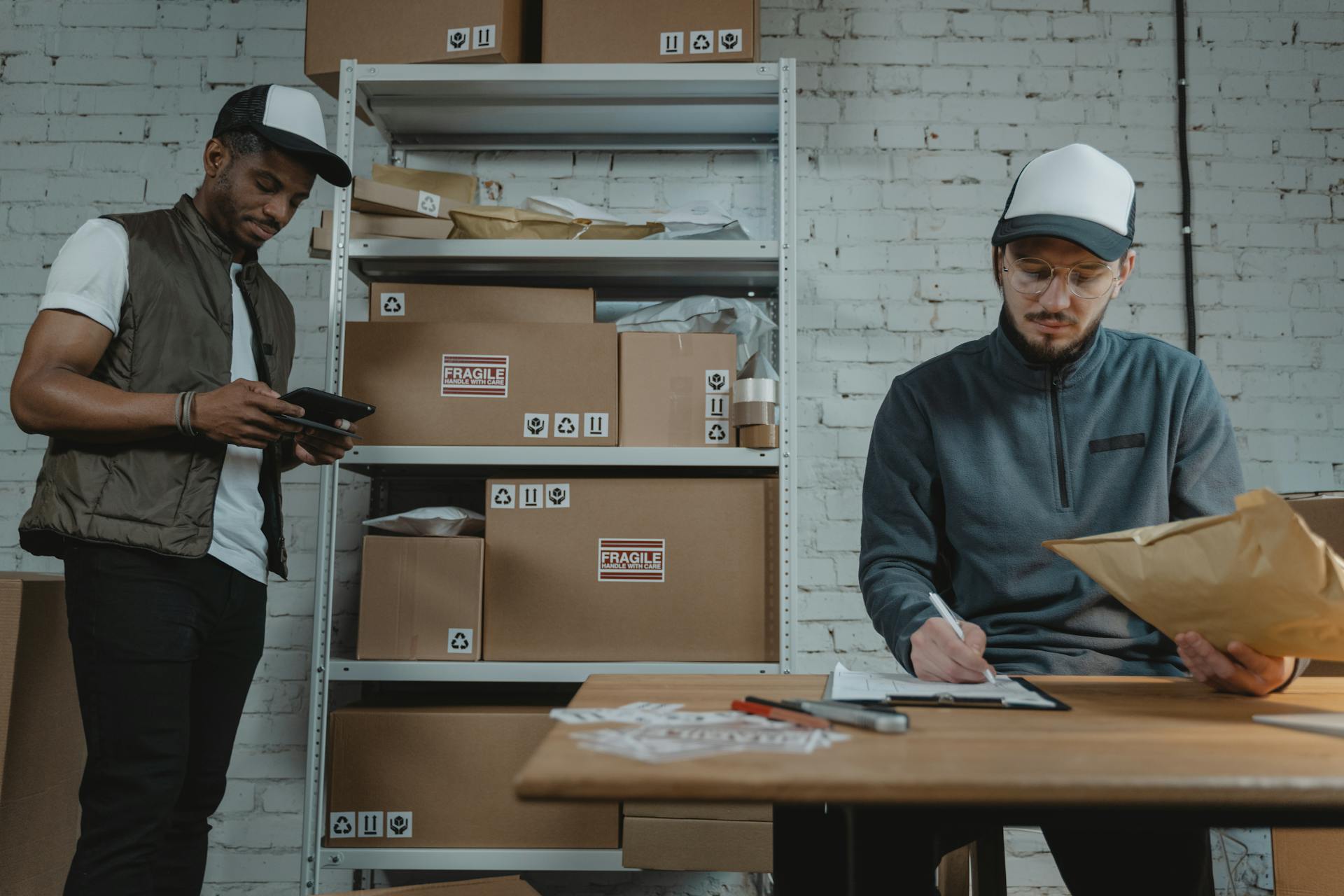
These fees can include crane fees, weighing fees, logistics fees, storage charges, and labor costs for sorting goods. The labor cost accounts for the most, and the prices vary depending on the complexity of the inspection.
In China, the customs inspection of a 40'GP or HQ container costs roughly $140, while a 20'GP is cheaper. The labor cost of each country is different, so inspection fees vary from one nation to another.
If you're unsure about the inspection fees, it's best to ask your customs broker or freight forwarder directly. They'll pay the fees first and collect the sum from you, and you can ask for an invoice to verify the charges.
The customs inspection time can range from 2 to 15 days, depending on the complexity of the inspection. For complicated inspections, it may take up to a month or even longer.
Here's a rough estimate of customs inspection times in different countries:
Keep in mind that these are general estimates, and the actual inspection time may vary depending on the specific customs office and the complexity of the inspection.
Embargo
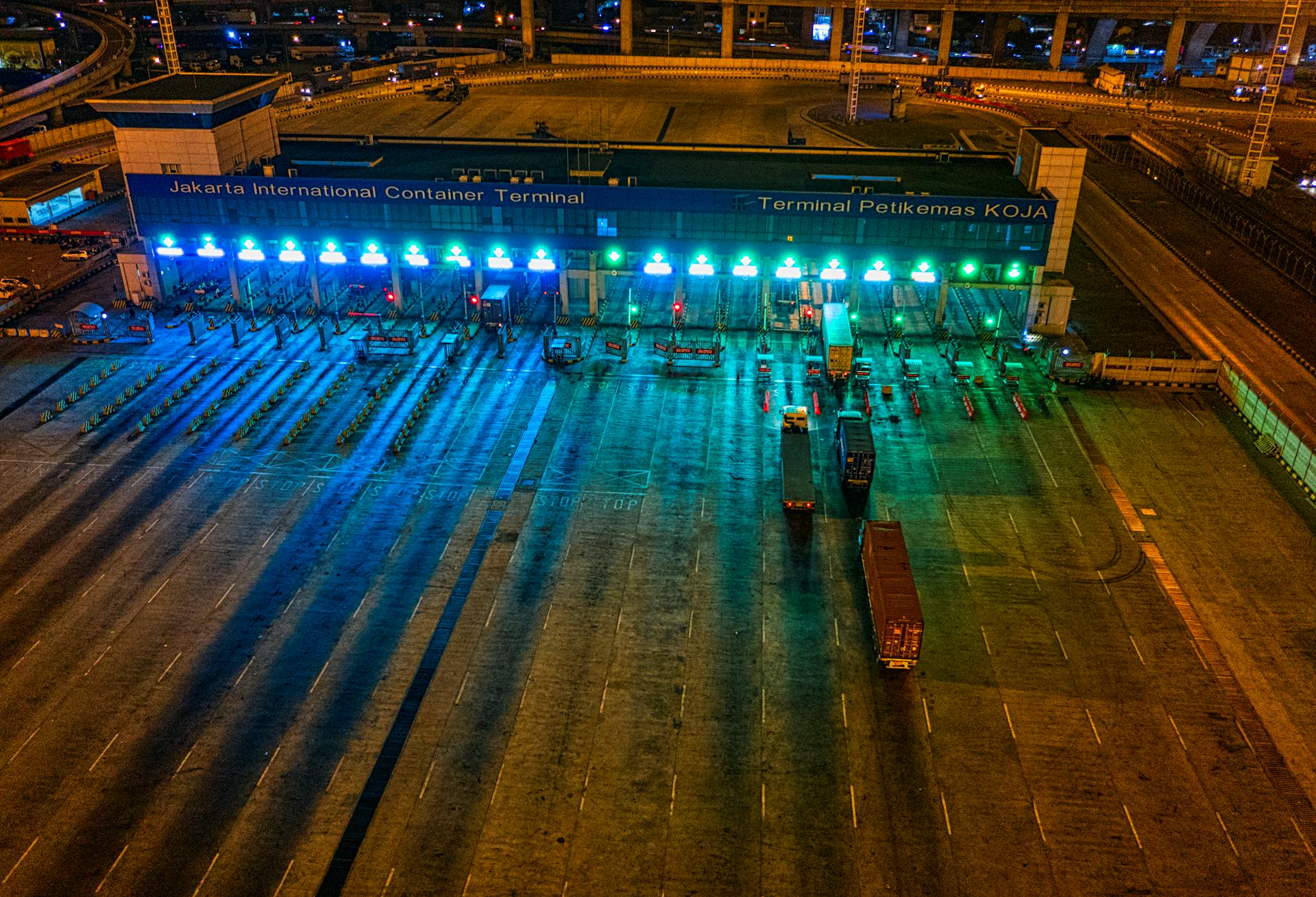
In certain instances, it becomes necessary to release goods that have been detained or stopped for inspection.
Release under embargo is usually allowed for bulky consignments that are difficult to handle.
Goods considered fragile or dangerous may require special handling by experts.
Household effects, books, and printed matter packed in FCL containers can be released under embargo.
Consignments requiring immediate refrigeration can also be released under embargo.
Client Services
As a client, you may need to request physical inspections for certain services, such as Examinations without Prejudice (EWP) and Embargo releases as part of the declaration process.
These special or extra attendance services will be rendered at specific charges, which can be found in the Special and Extra Attendance External Policy.
You'll need to make payment for the service rendered, as it's not exempted from attendance charges like Commissioner or Controller/Branch Manager required inspections.
You can refer to Customs Endorsement Documents Requirements for more information on the specific requirements for these services.
If you're unsure about the charges or requirements, it's a good idea to check the Special and Extra Attendance External Policy for clarification.
Understanding the Process
The customs inspection process is crucial for ensuring your vehicle complies with the destination country's regulations.
Customs inspections verify documentation to ensure everything is in order.
The primary goal of a customs inspection is to verify documentation.
To prevent unnecessary delays, understanding the objectives of a customs inspection is key.
The customs inspection process also ensures the vehicle meets safety and environmental standards.
Preventing illegal activities, such as smuggling, is another important objective of customs inspections.
By understanding these objectives, you'll be better prepared for the inspection process and can avoid any potential issues.
Role of Freight Forwarders in Facilitating Smooth Operations
Freight forwarders play a crucial role in facilitating smooth operations. They handle the complex paperwork required for customs clearance, meticulously preparing the right documentation and submitting it to customs.
Inaccurate documentation is the biggest cause of delays at customs, so it's essential to get it right. Ship4wd's freight forwarders take care of document preparation and submission, ensuring that everything is in order.
On a similar theme: Freight Services Jet
Regulatory compliance is also a top priority. Ship4wd's freight forwarders provide regulatory advisory and pre-shipment inspection services to ensure that cargo complies with the country's laws before it arrives at the port.
Once customs clearance is completed, freight forwarders can arrange for cargo pick-up from the port and drop-offs at designated locations through their network of trucking and third-party logistics partners.
Here are the key things that freight forwarders like Ship4wd do to facilitate fast and stress-free customs clearance:
- Document preparation and submission
- Ensure regulatory compliance
- Pay duties and tariffs
- Provide logistics and transport solutions
Freight forwarders like Ship4wd provide a smooth and stress-free 24/7 customs clearance solution, offering package tracking until release from customs and round-the-clock customs support service.
Frequently Asked Questions
What does routine inspection by foreign customs mean?
Routine inspection by foreign customs means a random check of your package to ensure customs regulations are being followed, not necessarily indicating any suspicion about its contents. This standard procedure helps maintain the integrity of the customs process.
Sources
- https://jingsourcing.com/b-customs-inspections/
- https://tetrainspection.com/pre-customs-clearance-inspection/
- https://www.sars.gov.za/customs-and-excise/inspection/
- https://www.uscanadaautotransport.com/blog/what-to-expect-during-the-customs-inspection-process-for-cross-border-car-shipping/
- https://ship4wd.com/logistics-shipping/how-long-does-customs-clearance-take
Featured Images: pexels.com


